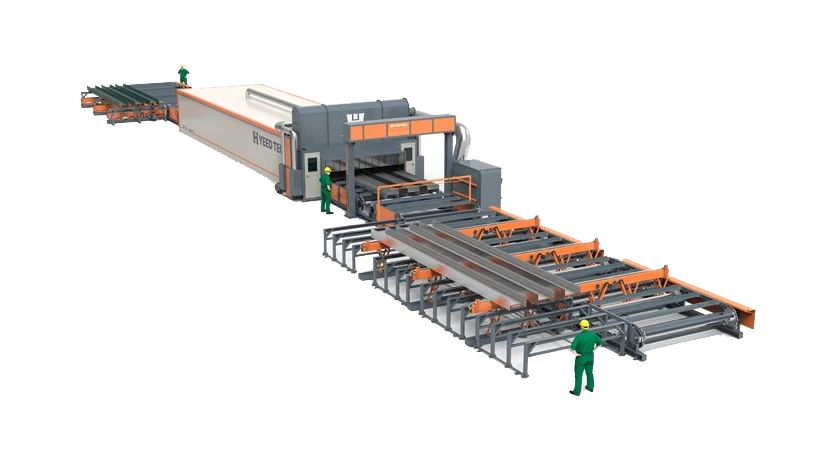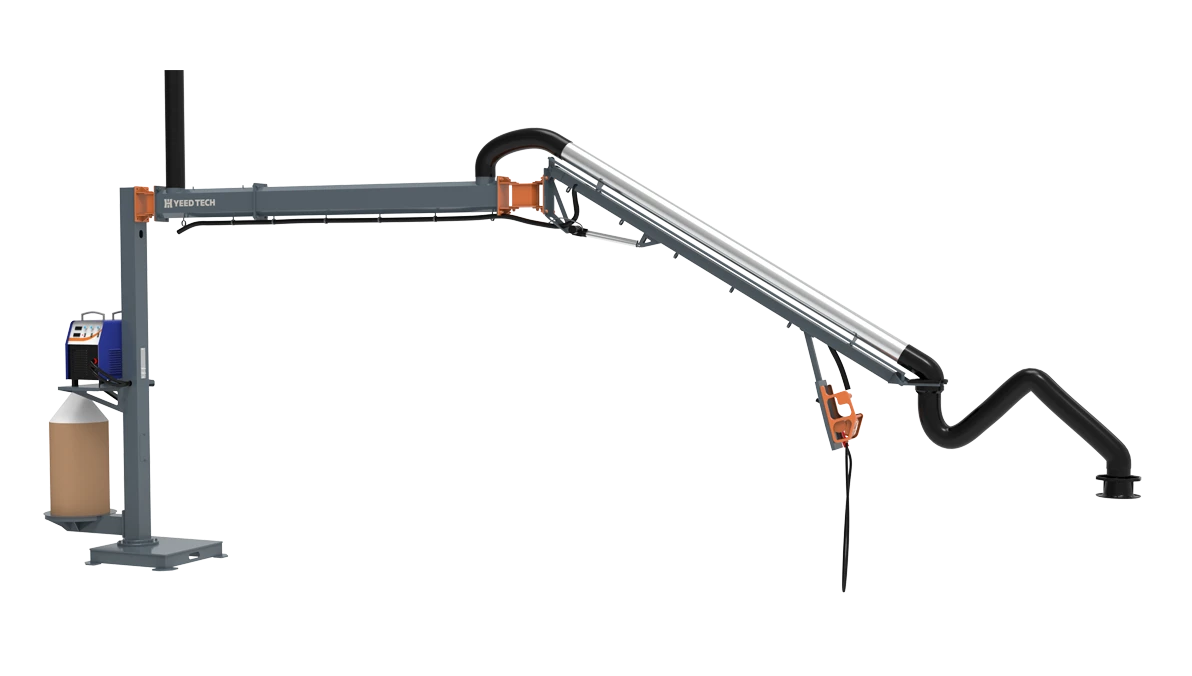
- Afrikaans
- Albanian
- Amharic
- Arabic
- Armenian
- Azerbaijani
- Basque
- Belarusian
- Bengali
- Bosnian
- Bulgarian
- Catalan
- Cebuano
- China
- China (Taiwan)
- Corsican
- Croatian
- Czech
- Danish
- Dutch
- English
- Esperanto
- Estonian
- Finnish
- French
- Frisian
- Galician
- Georgian
- German
- Greek
- Gujarati
- Haitian Creole
- hausa
- hawaiian
- Hebrew
- Hindi
- Miao
- Hungarian
- Icelandic
- igbo
- Indonesian
- irish
- Italian
- Japanese
- Javanese
- Kannada
- kazakh
- Khmer
- Rwandese
- Korean
- Kurdish
- Kyrgyz
- Lao
- Latin
- Latvian
- Lithuanian
- Luxembourgish
- Macedonian
- Malgashi
- Malay
- Malayalam
- Maltese
- Maori
- Marathi
- Mongolian
- Myanmar
- Nepali
- Norwegian
- Norwegian
- Occitan
- Pashto
- Persian
- Polish
- Portuguese
- Punjabi
- Romanian
- Russian
- Samoan
- Scottish Gaelic
- Serbian
- Sesotho
- Shona
- Sindhi
- Sinhala
- Slovak
- Slovenian
- Somali
- Spanish
- Sundanese
- Swahili
- Swedish
- Tagalog
- Tajik
- Tamil
- Tatar
- Telugu
- Thai
- Turkish
- Turkmen
- Ukrainian
- Urdu
- Uighur
- Uzbek
- Vietnamese
- Welsh
- Bantu
- Yiddish
- Yoruba
Optimizing Steel Structures: Paint Solutions, Assembly, and Design
In the realm of construction, steel structures have become the backbone of modern engineering, offering strength, durability, and flexibility. From selecting the best paint for steel buildings to the intricate processes of bolting steel beams together, the design of braced frame structures, the utilization of built up sections in steel, and the marvel of iconic designs like the Burj Khalifa steel structure, each aspect plays a crucial role in creating robust and long - lasting steel - based constructions.

Preserving Steel Buildings with Ideal Paint Coatings
When it comes to safeguarding steel buildings from the elements and ensuring their longevity, choosing the best paint for steel buildings is paramount. Epoxy - based paints are often favored due to their excellent adhesion properties and resistance to corrosion. For large industrial steel buildings, an epoxy primer followed by a urethane topcoat provides a durable finish that can withstand harsh weather conditions, chemical exposure, and abrasion. Zinc - rich paints are another top choice, especially in coastal areas where steel is more prone to rust. These paints contain a high percentage of zinc, which acts as a sacrificial layer, protecting the steel beneath even if the paint surface is scratched. The right paint not only enhances the aesthetic appeal of steel buildings but also significantly extends their lifespan, reducing maintenance costs over time.
Secure Assembly through Bolting Steel Beams Together
The process of bolting steel beams together is a critical step in constructing steel - framed structures. High - strength bolts are commonly used to create rigid connections between beams, columns, and other structural components. Before bolting, surfaces are often prepared by cleaning and applying anti - corrosion treatments to ensure a strong and reliable joint. The bolts are tightened to specific torque values, which are carefully calculated based on the load - bearing requirements of the structure. In multi - story buildings, this method allows for precise alignment of components, ensuring that the structure can withstand vertical and horizontal forces, such as those caused by wind and earthquakes. The use of bolts also offers the advantage of easier disassembly and modification in the future, making it a versatile assembly technique in steel construction.
The Stability and Design of Braced Frame Structures
Braced frame structures are engineered to provide lateral stability to steel buildings, particularly in regions prone to seismic activity or high winds. These structures incorporate diagonal braces within the building's framework, which work in conjunction with vertical columns and horizontal beams to resist lateral forces. The braces can be made from various steel sections, such as angles, channels, or round bars, and are strategically placed to distribute loads evenly throughout the structure. In commercial and residential buildings, braced frames help maintain the integrity of the structure by preventing excessive swaying and deformation. Their design often takes into account factors like building height, floor plan, and the expected environmental loads, ensuring that the structure remains safe and stable under different conditions.
The Advantages of Built Up Sections in Steel
Built up sections in steel offer significant advantages in construction by combining multiple steel elements into a single, more robust component. These sections are typically fabricated by welding or bolting together flat plates, angles, channels, or other rolled - steel shapes. This process allows for the creation of custom - designed sections with specific geometries and properties tailored to the project's requirements. For example, in large - span bridges or heavy - industrial structures, built up sections can provide greater strength and stiffness compared to standard rolled - steel sections. They can also be optimized for weight reduction, making them more cost - effective while maintaining structural integrity. The ability to customize built up sections makes them a popular choice for complex construction projects where standard steel shapes may not meet the necessary performance criteria.
The Engineering Marvel of Burj Khalifa Steel Structure
De Burj Khalifa steel structure stands as a testament to the pinnacle of modern steel construction. Standing at over 828 meters tall, this iconic skyscraper utilizes a combination of advanced steel - framing techniques and innovative design principles. The building's core is a reinforced concrete structure surrounded by a steel exoskeleton, which provides lateral stability and supports the building's immense weight. Specialized steel sections, including built up sections, were used to create the building's unique tapering shape and withstand the extreme wind forces at such heights. The steel structure also incorporates a sophisticated system of dampers and braces to reduce vibrations caused by wind and earthquakes. The Burj Khalifa's steel framework not only enables its remarkable height but also showcases the potential of steel in pushing the boundaries of architectural engineering.
FAQ Regarding Steel Structures
How often should the paint on steel buildings be reapplied?
The frequency of repainting steel buildings depends on several factors, including the type of paint used, environmental conditions, and exposure to elements. For buildings in mild climates with a high - quality epoxy or urethane paint, repainting may be required every 10 - 15 years. However, in harsher environments, such as coastal areas or industrial zones with high pollution, repainting may be necessary every 5 - 7 years to maintain adequate corrosion protection.
What are the key considerations when bolting steel beams together?
When bolting steel beams together, key considerations include surface preparation to ensure proper adhesion, using the correct type and size of high - strength bolts, and tightening the bolts to the specified torque value. Additionally, ensuring the alignment of the components before bolting and checking for any signs of misalignment or damage during the process is crucial for creating a secure and reliable connection.
How do braced frame structures differ from other types of steel structures?
Braced frame structures are designed specifically to resist lateral forces, such as wind and seismic loads, through the use of diagonal braces. Unlike moment - resisting frames, which rely on the rigidity of beam - column connections to resist these forces, braced frames distribute the loads more directly through the braces. This makes braced frame structures often more cost - effective and efficient for buildings in areas with significant lateral load requirements.
In what types of projects are built up sections in steel most commonly used?
Built up sections in steel are commonly used in projects that require custom - designed, high - strength, and large - scale structural components. This includes long - span bridges, heavy - industrial buildings, large warehouses, and high - rise buildings with complex architectural designs. They are also ideal for projects where weight optimization and specific geometric shapes are necessary to meet the structural and aesthetic requirements.
What unique challenges were faced in constructing the Burj Khalifa steel structure?
Constructing the Burj Khalifa steel structure presented numerous challenges, including dealing with extreme wind forces at high altitudes, ensuring the stability of the building's tapering shape, and coordinating the installation of the steel exoskeleton with the reinforced concrete core. The logistics of transporting and hoisting heavy steel components to such great heights also required innovative solutions. Additionally, the building's unique design demanded precise engineering to balance strength, stability, and aesthetics.
Produktkategorier
Seneste nyheder
-
Unmatched Mobility and Efficiency in Container Handling Equipment
NyhederJun.26,2025 -
Streamlined Approaches and Equipment for Container Handling
NyhederJun.26,2025 -
Revolutionizing Cargo Management: Solutions for ISO Container Handling
NyhederJun.26,2025 -
Equipment Insights: Revolutionizing Container Handling Operations
NyhederJun.26,2025 -
Critical Components for Efficient Shipping Container Handling
NyhederJun.26,2025 -
Advanced Equipment and Systems for Efficient Container Storage and Handling
NyhederJun.26,2025 -
Unrivaled Components in Structural Engineering Solutions
NyhederMay.28,2025











